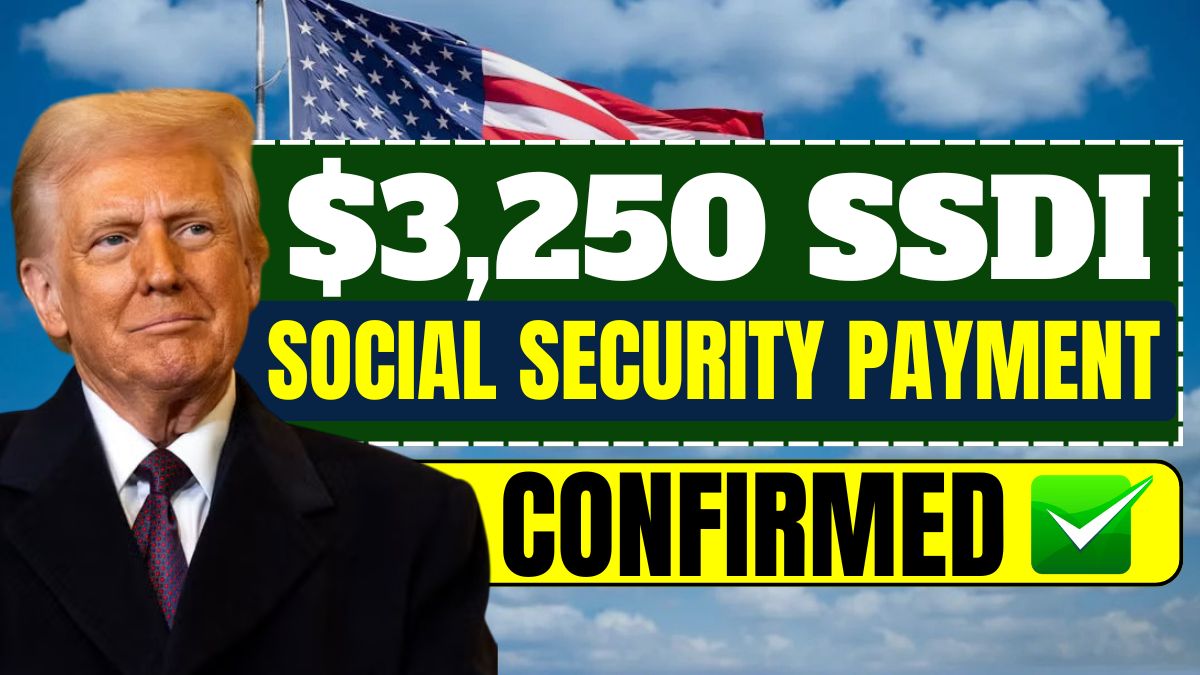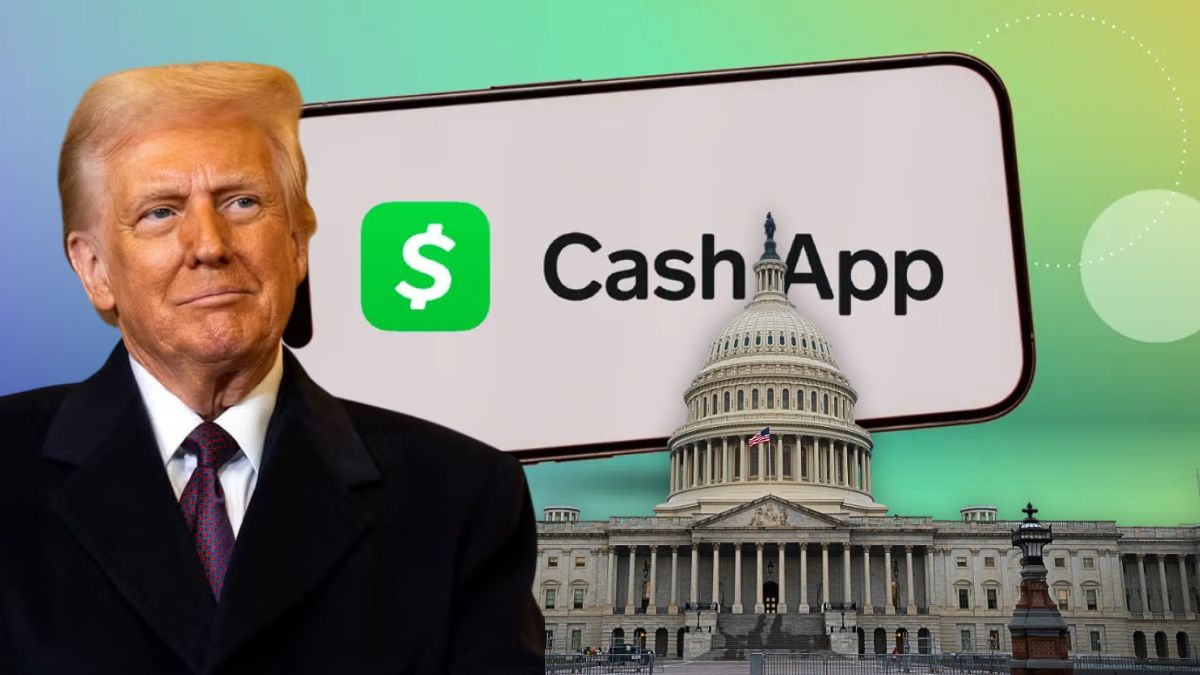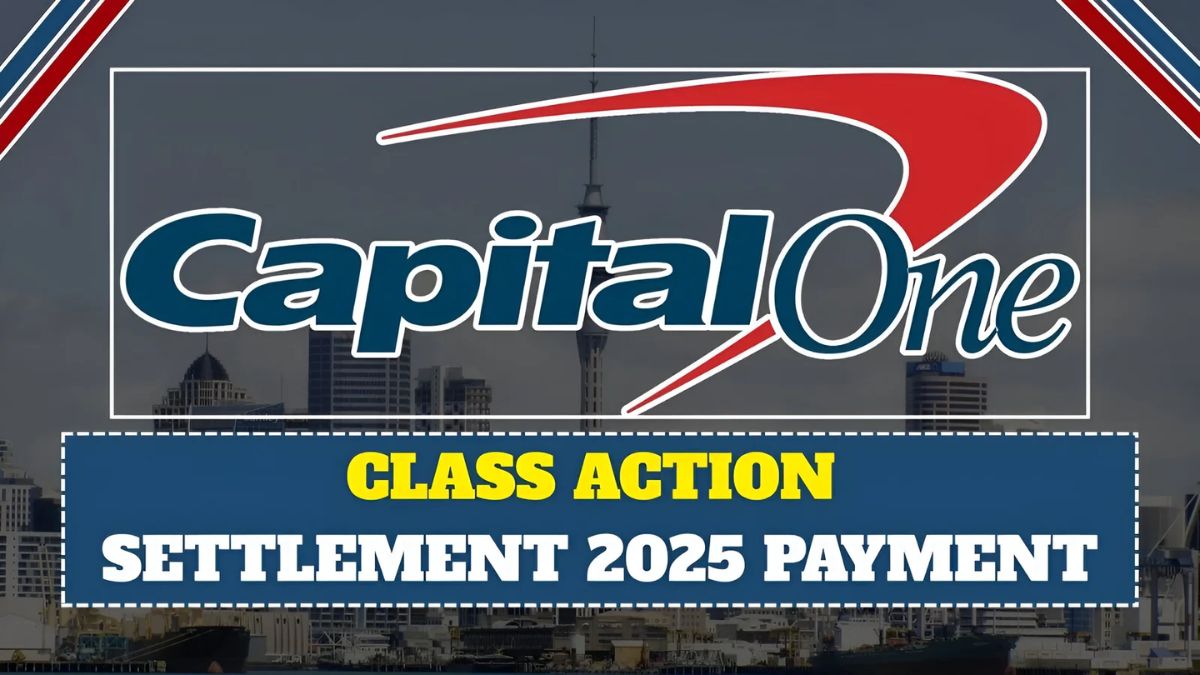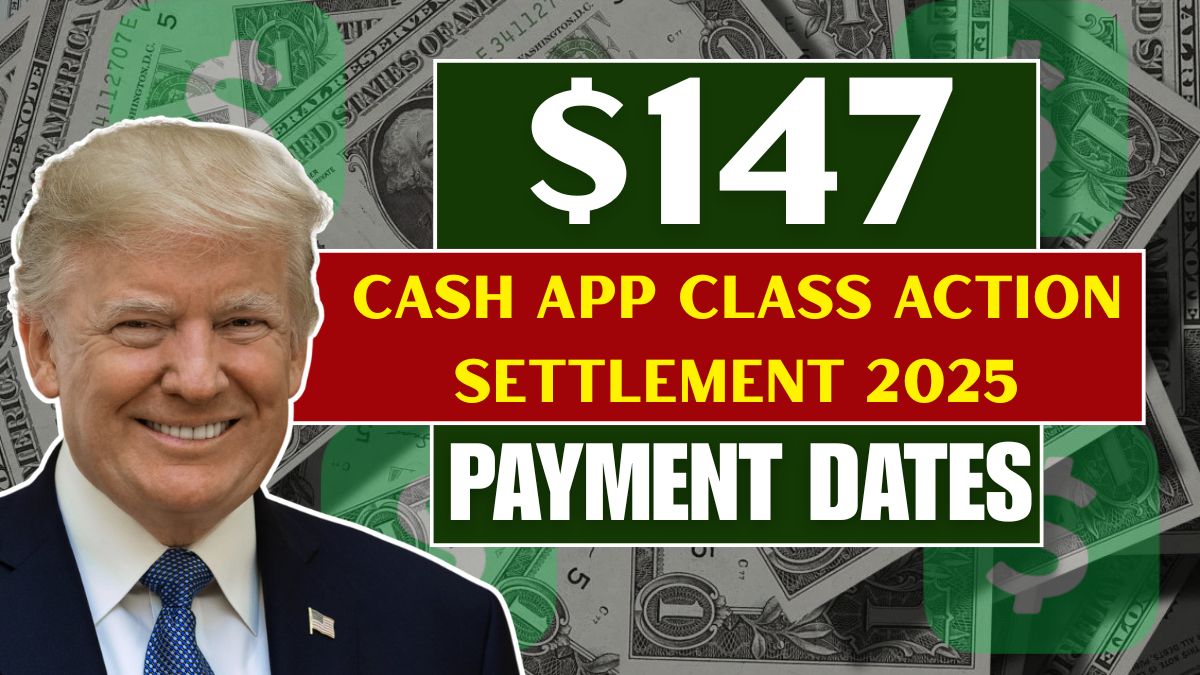IRS Announces $1,390 Direct Deposit Relief: The Internal Revenue Service (IRS), the US tax agency, made a major announcement that has attracted the attention of people all over the country. The agency decided to give $1390 of direct deposit relief funds to the people who will benefit most from this type of help which is a total win for the Americans who are struggling with the rising inflation, rent.
This relief program can be a breath of fresh air for families living paycheck to paycheck at a time when the economy is unstable, and the prices of everyday goods and services are skyrocketing.
Table of Contents
Purpose of the Relief Program—Direct Financial Assistance to the Common People
The main goal of this new IRS program is to ease the financial burden of low- and middle-income families. Unlike the pandemic relief checks, which were intended to provide general support, this program is designed to help those affected by inflation and rising living costs.
By far, the government is taking a great measure by ensuring that all payments are directly deposited into the recipients’ bank accounts. Thus, the time it usually takes to send and process checks will be saved, and those in need will be financially relieved instantly.
Nonetheless, the dollar amount given to each individual will be based on their income, tax filing status, and tax credits received previously. In other words, the money will not be equally distributed; rather, there will be a slight difference between people in terms of eligibility and need.
Why is this $1,390 relief payment necessary?
Today, most American families are under pressure from rising inflation and expenses. Rising rent rates, soaring medical bills, and food prices have strained budgets.
In these circumstances, this $1,390 relief payment is not just a financial aid, but a ray of hope. This amount will help many families meet basic expenses like electricity, water, gas, rent, or groceries.
Economic experts say that such programs are beneficial not only for individuals but also for the local economy. When people have money to spend, sales at local shops and businesses increase, and employment opportunities are strengthened.
Eligibility Criteria — Who can benefit from this relief?
The IRS has clearly stated the eligibility criteria for this relief plan to avoid confusion. If you filed your 2024 tax return and your income falls within certain limits, you are eligible for this payment.
The main categories are as follows:
| Category | Eligibility | Estimated Amount |
|---|---|---|
| Single Filer | Income below $75,000 | $1,390 |
| Joint Filer (Married Couple) | Combined income below $150,000 | $2,780 |
| Dependents | Eligible for partial credits | Varies |
| Social Security Beneficiaries | Automatic deposit | $1,390 |
The IRS has clarified that eligible individuals do not need to complete any additional forms or apply. The system will automatically process payments based on their historical records.
Even citizens receiving Social Security, SSI, and SSDI will automatically receive payments under this program.
Payment Date — Beginning November 2025
According to the IRS, relief payments will begin the first week of November 2025.
People whose bank accounts are already registered with the IRS system will receive payments first—the funds will typically be deposited into their accounts within 3 to 5 business days.
Those who do not have direct deposit will receive payments via paper check, which may take a few additional days.
If you want to know when and where your payment will arrive, you can check the status by visiting the “Get My Payment” portal on the IRS’s official website.
The government aims to complete all direct deposits and send paper checks by December 15, 2025. This way, many families will receive this money before Christmas and New Year’s.
Impact of the Relief Plan on the Economy
This relief plan will not only support families in need, but it will also inject new energy into the US economy. When people have additional money in their hands, they will spend more at local shops, restaurants, and grocery stores.
This will stimulate local businesses, increase employment opportunities, and improve overall economic activity.
Economic analysts believe that this relief plan could help reduce inflationary pressures in the short term. Additionally, many families will use this money to pay off their debts or credit cards, increasing their financial stability.
How to check payment status?
If you want to know if your payment has been issued, you can use the IRS’s “Where’s My Refund” and “Get My Payment” services.
You’ll need to enter your Social Security number, tax return status, and refund amount.
Make sure your bank account and address details are correct, as incorrect information may delay payments.
If bank-to-bank transfers are taking a while, don’t panic—wait a few days, and only contact the IRS if the problem persists.
Common Problems and Their Solutions
Sometimes, some people’s payments may be temporarily stopped or delayed. Common reasons for this include:
- The 2024 tax return hasn’t been filed yet
- The bank account has changed or been closed
- The address hasn’t been updated
In such a situation, the best solution is to immediately visit the IRS website and update your information.
Furthermore, the risk of fraud and scams increases during this time. Some fake websites or calls may claim to get your money quickly, but this is often a lie.
Keep in mind—the IRS never asks for bank details via email, text, or call. So, contact only official channels and keep your information safe.
How is this relief different from previous stimulus checks?
This $1,390 relief payment is completely different from the previous pandemic relief checks.
Previous stimulus checks The relief funds were distributed equally to all to mitigate the impact of the pandemic.
But this new plan focuses solely on those families who have been truly financially impacted.
Also, this time the IRS’s system is more digital and modern than ever before. It’s directly linked to Social Security and other federal programs, allowing payments to be made quickly and securely.
The government’s goal is to ensure that money reaches people directly—without any middlemen or delays.
Could relief still be available in 2026?
The most significant question at this point is—will the IRS decide to keep issuing similar relief plans next year as well?
Specialists are of the opinion that such a decision depends on the state of the economy, the level of inflation, and Congress’ budgetary decisions.
To the extent that this $1,390 direct deposit relief plan turning out to be a successful one—i.e. the money is going to the right people at the right time and the economy is getting stabilized—it might then be used as a pattern for other relief programs in the future.
Several economists foresee that the government will mainly focus on digital direct assistance programs in the coming years so that the delivery of relief to individuals will be rapid and transparent.
Conclusion: A sigh of relief and a ray of hope
The IRS’s $1,390 direct deposit relief program is undoubtedly the bright spot in the lives of Americans amidst inflation, rising expenses, and a volatile economy.
This plan will not only serve as a financial relief of the most immediate kind but also represent a positive step toward economic stability in the future.
The state intervention is a clear demonstration that in times of economic distress, the voices of the people are being heard by decision-makers and necessary actions are taken accordingly.
This payment cannot be simply reduced to its dollar amount—it serves as a beacon of hope, a measure of stability, and a fresh start for millions of families.
FAQs:
A. It’s a new financial relief payment by the IRS to support Americans struggling with rising inflation and living costs.
A. Single filers earning under $75,000, joint filers earning under $150,000, dependents, and Social Security beneficiaries are eligible.
A. No. Eligible individuals will automatically receive payments based on their 2024 tax return.




